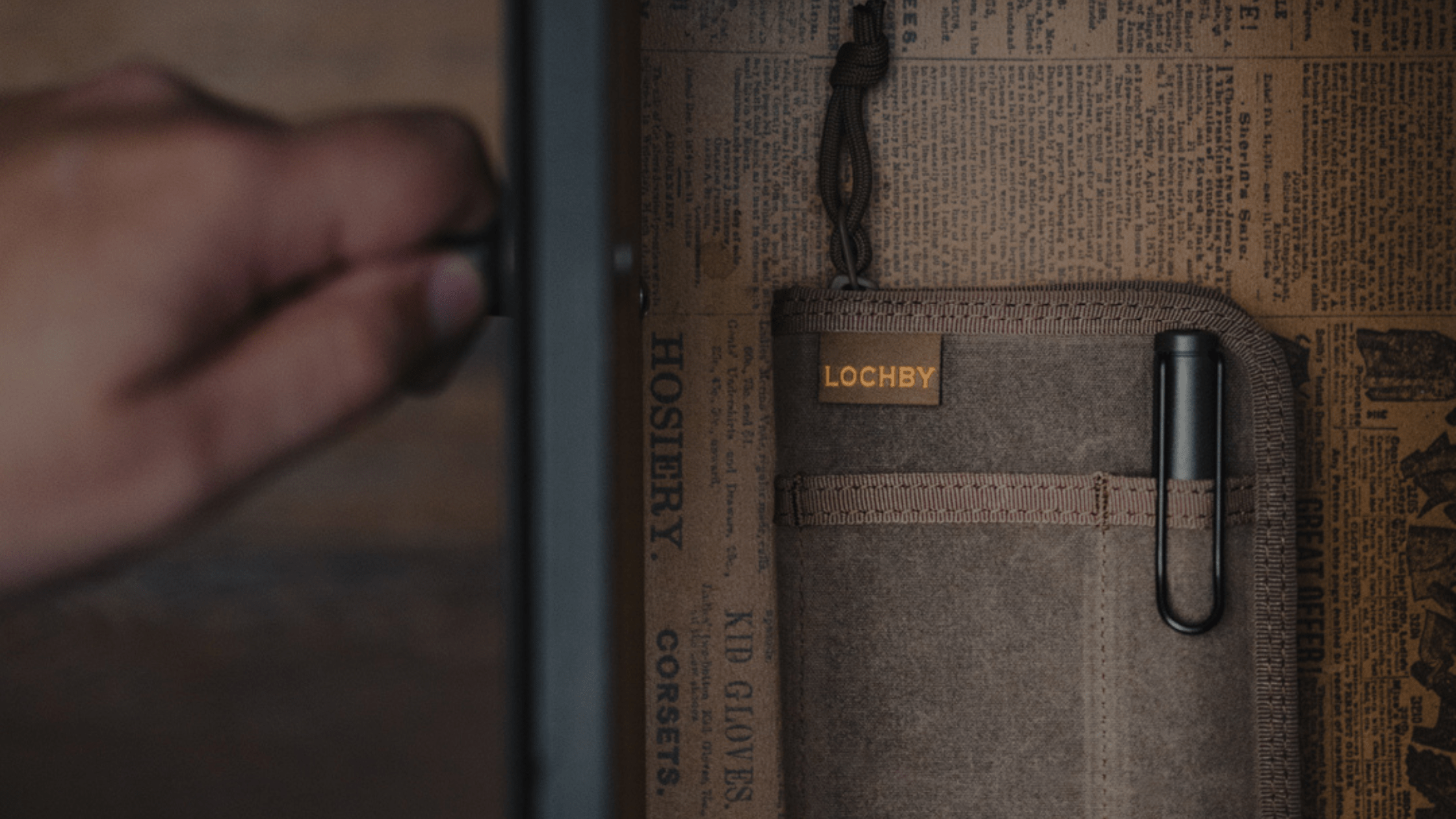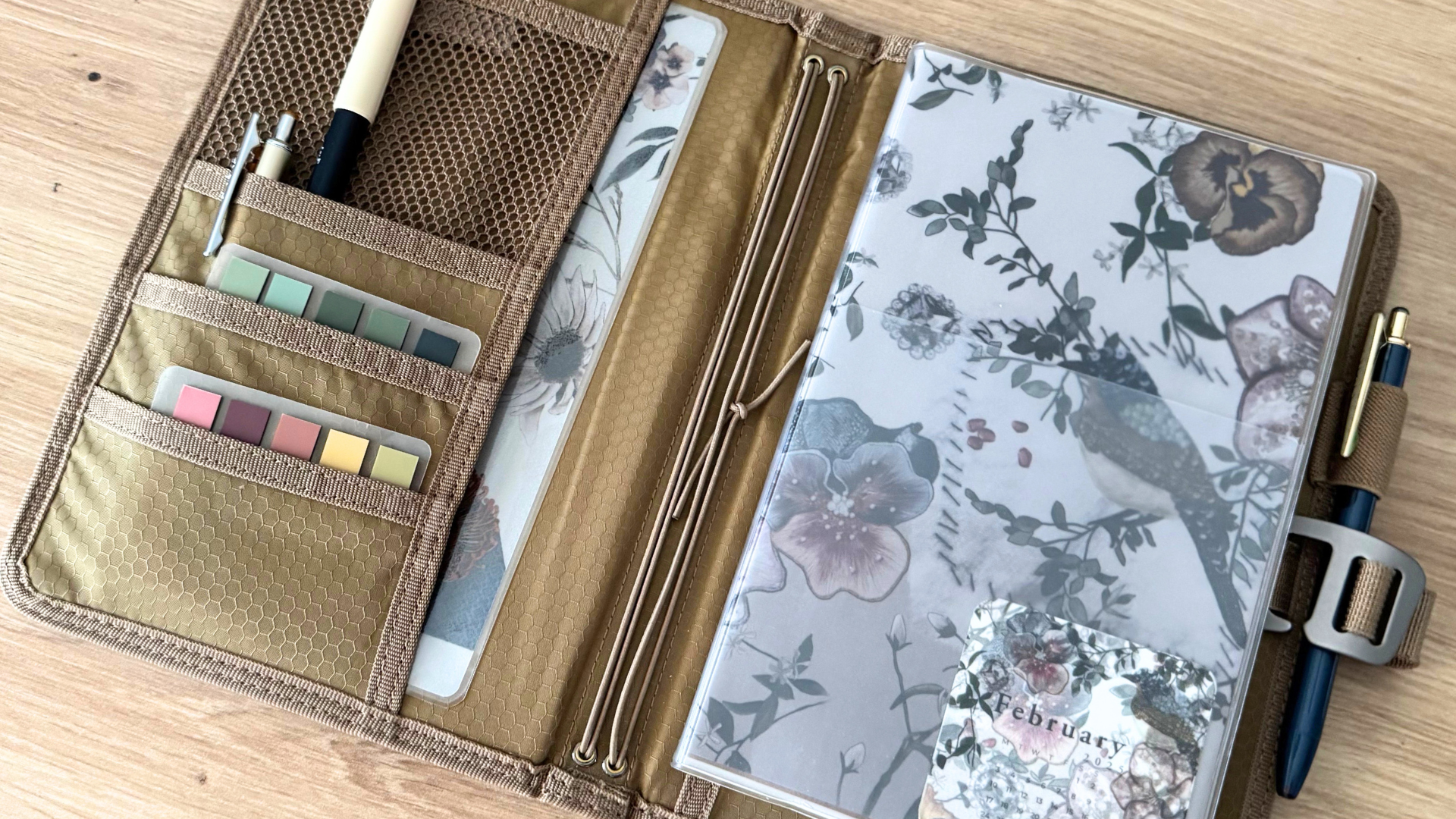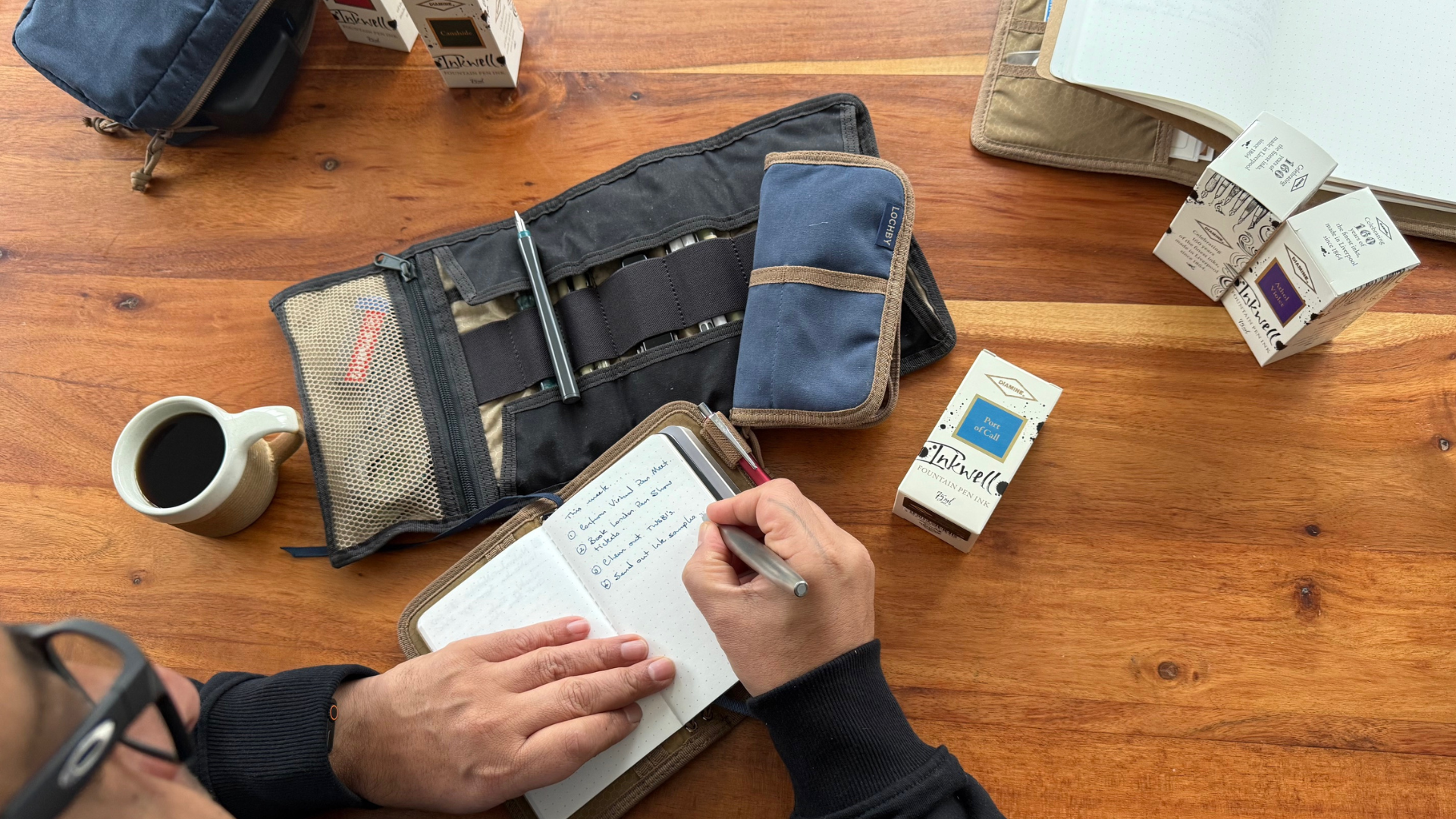Setting goals and taking note of our habits—to get rid of the bad and then build new ones—are just two important things we can do so we can grow in our personal and professional lives. However, these things can become a challenge. It’s fairly easy to lose track of deadlines if we’re neck-deep in unfinished tasks, and in the process, we may forget about the smaller milestones we achieve each day, even feel like we’re not making any progress at all!
But this is where a progress timeline comes in: it’s a handy way for us to get a visual of what we need to do to achieve our goals. At the same, it’s also a means for us to look back and see how far we’ve come! It’s a great source of motivation. In today’s blog post, we want to look at how having a progress timeline of your own can level up the way you track your progress on just about anything.
1. It gives you a clear overview of how you’re doing.
Trackers are, on their own, pretty good tools when it comes to monitoring your progress. However, adding a timeline—to indicate what you’ve already finished and accomplished or what’s been achieved short term and long term—makes your progress more apparent. Whatever you’ve set out to do, you’ll know with just a glance whether you’re doing well or need to make adjustments, all while knowing where exactly those adjustments need to be done.
For example: if your tracker includes a timeline that indicates deadlines, it’ll allow you to see which tasks, projects, or assignments you were able to complete on schedule, which ones were done last minute, and which of them are overdue. Having this type of information in your grasp already gives you so much power over what you’re trying to achieve because you can ask yourself helpful questions.
Let’s say you’re always chasing after deadlines. Ask yourself: do you need to start delegating? Have you been procrastinating and doing things at the last minute? What could be the reason why you’re procrastinating? Do you just need help? Maybe you’re working with impossible due dates. Is it possible to extend the deadlines of a few things to allow you to catch up?
With a timeline, you have a clear overview of how you’re doing, how your progress is, and what you can do so you can keep moving forward—closer to what you’re trying to accomplish.
2. It’s one way to ensure you stay accountable.
One unfortunate way to keep delaying something important, whether that’s a critical task for work or personal project, or even just for your own self-development, is not knowing when the start and end points are when it comes to your goals. With a timeline however, that’s all mapped out from point A all the way to Z.
Knowing what to do and when to do it means it’s now up to you to make sure things get done on time. In this way, you keep yourself accountable.
Struggling with staying accountable? We’ve got you! Read this post to discover five ways you can start practicing accountability. If you’re just about to start a tracker of your own, you may also find this useful.
3. You can use it to identify patterns in your behavior.
Another valuable reason to keep a timeline alongside your trackers is how it leaves footprints that allow you to observe and assess your own behavior. A lot of what we do is subconscious, and unless we make the willful decision to take note of the patterns that encourage us to do what we do—or otherwise—it can be harder for us to change, adjust, or become flexible.
Here’s an example: let’s say you’ve decided to workout and, for some reason, your tracker and timeline shows your progress has been slowing down. You can look back and take note of what’s changed. If you’re trying to lose weight, perhaps you need to challenge your body a little bit more so it starts working harder. Take a look at the days of the week where you seem to have better results than others; what did you do differently? Once you know this bit of information, you can make adjustments to your fitness routine.
The addition of a timeline means you know when you’re not moving forward. It then encourages you to discover why and find solutions to keep adding to your progress.
4. It saves you time by giving you the chance to correct or change your approach early.
It saves you time by giving you the chance to correct or change your approach early. Sometimes, we don’t know we’re headed down the wrong path until we’re already there. That’s not the case with a progress timeline. Since you have a clear understanding of the direction you’re headed towards, if anything’s not going as planned, you can course-correct right away. This saves you time, gets rid of distractions, and allows you to stay focused.
If you’re looking for more ways to lessen distractions, you’re going to love this post since it talks about five ways you can try to keep yourself focused.
Include a progress timeline to level up your tracking!
If you already have a system in place on how to track things like goals and habits, that’s great! But based on this list, having a timeline alongside can also be beneficial. Give it a try and see if it works out for you!
Have you ever incorporated a dedicated timeline on your trackers to better track your progress? If so, how did it help you with accomplishing your goals? Let us know in the comments below!




Share:
Finding Your Creative Voice: 5 Tips for Self-Discovery
5 Ways To Overcome Imposter Syndrome